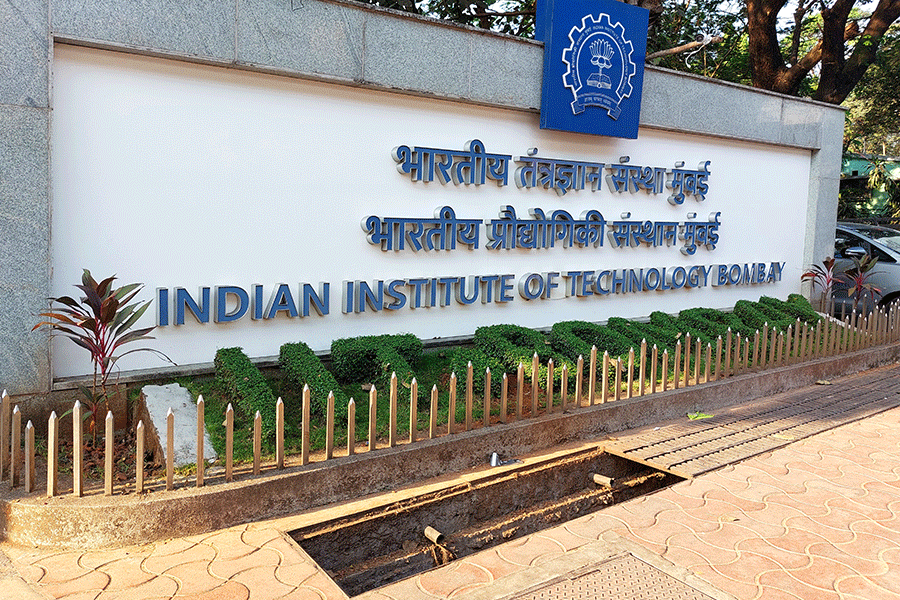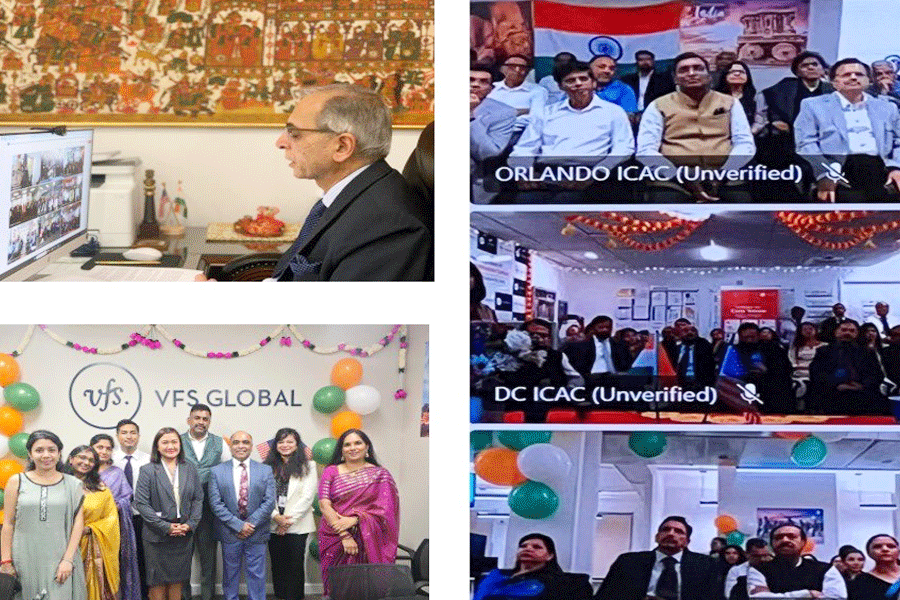 |
 |
| A man cycles through the destroyed city of Sendai on April 1. (AP) Khan Naushad. (Sanjoy Chattopadhyaya) |
The earthquake in Japan has left a city youth homeless and separated from his wife. Khan Naushad, a resident of Sendai city, 130km from the epicentre of the March 11 earthquake, is now too jittery to go back, even if that means staying away from his Japanese wife.
“I couldn’t take it any more. She is habituated to earthquakes and tsunamis and I did not want to uproot her suddenly. So I left her at her parents’ place and came back to India. I don’t know when I will be able to return to my wife,” Naushad told Metro.
The 27-year-old, who grew up at Taltala in central Calcutta, had spent the past 16 months in Sendai city, which is on the flat coastal plain between the Ohu Mountains and the Pacific Ocean, about 300km from Tokyo. The area was among the worst affected by the natural disaster.
“The first 48 hours were tough and the next few days even tougher. I had to go without water and could not use a bathroom for two days,” Naushad recalled.
He used to work in a multi-storey building in the heart of Sendai city. “It was 2.46pm Japanese time. My wife Ayano, who worked in the adjoining building, and I had met for lunch when everything started shaking,” Naushad recounted.
The couple decided to move out of the area in their car after the swaying of the highrises continued for minutes and people started running helter-skelter. “Our car moved slowly through a crowd of confused people, who were screaming and running. The way the buildings were shaking, we were not sure whether we would be able to leave the area before they started collapsing. Fortunately we could,” said Naushad.
But as they drove away from the tall buildings towards the sea, they saw a tsunami coming. The only way they could reach higher ground was by moving closer to the sea and turning left.
“The roar of the waves was deafening. We were lucky to be able to reach an abandoned school building at a place called Ayashi. But we had to abandon our car on the road,” said Khan.
Seconds after the couple took shelter in the school, where hundreds had moved, the waves swept across the city. “Though we were away from the sea, the noise was unbearable.” Khan later learnt the waves had reached six miles into Sendai city.
The couple survived on food packets dropped by rescue helicopters. After three days and two nights, they headed for a friend’s place in Yakata, around 4km away.
After walking two-and-a-half-hours they found the condition there was worse than they had expected. “There was no water, electricity or cooking gas. We had to depend on the free supply of meat and fish from a nearby supermarket,” said Naushad.
Four days after the earthquake, they returned home. Half of the two-storey building in which they lived had turned into rubble. The staircase to their first-floor flat was gone.
“I scaled the debris to reach what was once our home. Almost everything was broken. I took some important documents and two pairs of jeans and left,” said Naushad.
He left Ayano with her parents at Yakata and started his journey home. After spending two days in a friend’s house in Tokyo and waiting for three more days in the airport compound, he flew to India on March 27.










